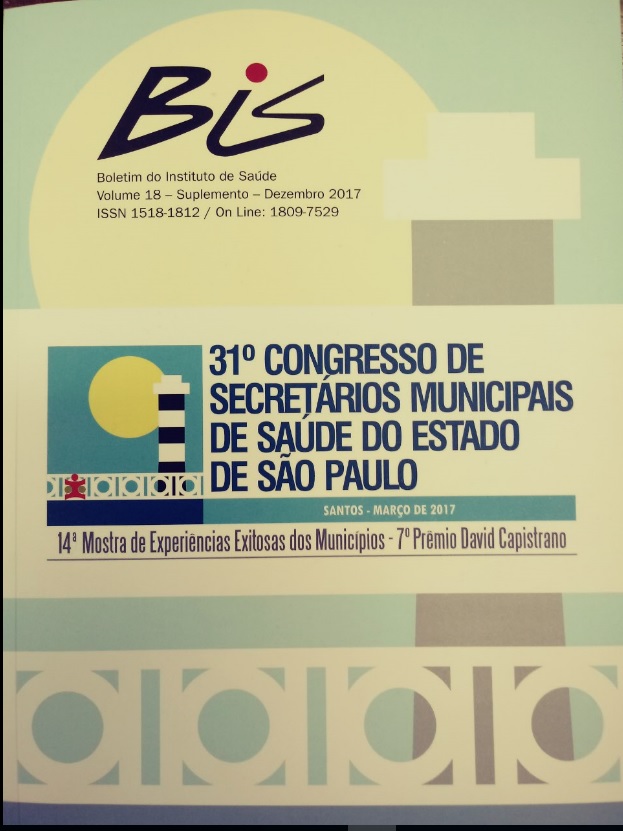Resumen
A redução da Taxa de Mortalidade Infantil é um objetivo perseguido pela Gestão Municipal de Saúde e considerando a tendência crescente de anos anteriores, o munícipio de Guarujá vem desenvolvendo estratégias para identificar as causas e desenvolver ações com vistas à sua redução. Sabendo que os principais motivos para o aumento da mortalidade infantil são assistência inadequada ao pré-natal e ao recém-nascido no âmbito hospitalar, além de desnutrição e ausência de saneamento básico, foi desenvolvido um trabalho que integrou todos os pontos da rede de atenção, com diferentes abordagens, considerando a especificidade de cada ponto. Daí surgiu a atribuição de responsabilidade a cada um sobre esse importante indicador de saúde que reflete não apenas a saúde infantil, mas também as condições de vida da população. A partir dessas ações articuladas, o município conseguiu atingir a menor taxa de mortalidade desde 2009, passando de 21,4 mortos por mil nascidos vivos para 13,5 no ano de 2016.
Citas
2. Manual de vigilância do Óbito Infantil e Fetal e do comitê de prevenção do óbito infantil e fetal. 2. ed. 2009.
3. SEADE – Fundação Sistema Estadual de Análise de Dados. 2016. Disponível em: <http://www.seade.gov.br/>.
4. SINASC-Sistema de informação de Nascidos Vivos. Ministério da Saúde, disponível em datasus.saude.gov.br

Esta obra está bajo una licencia internacional Creative Commons Atribución 4.0.
Derechos de autor 2017 Fernanda Bessa Lafayette Alves; Ana Terezinha Lopes Plaça, Maria Angela Segantini Cheida Faria, Jamile Cristina Favero
